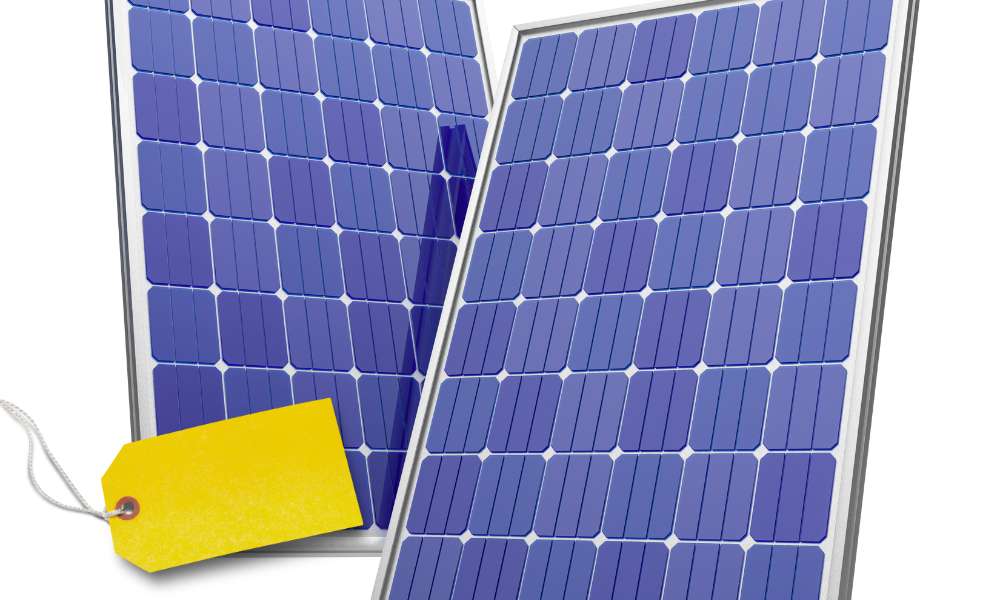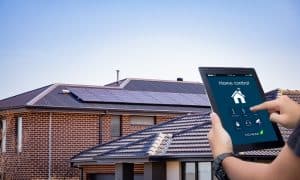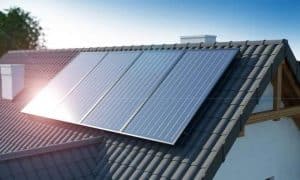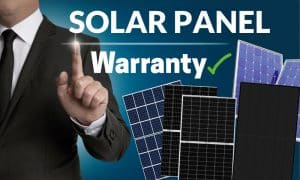The decision to go solar is a significant investment. That’s why you need to know the solar panel cost especially since the costs can vary depending on where you live in Australia. Here, we will dive into solar panel pricing across the land down under.
Why solar panel prices vary across Australian states
Several factors affect the prices of solar panels in various Australian states. They are the following:
- State-based rebates: Some states provide more generous solar rebates than others, which impacts the upfront costs.
- Feed-in tariffs: Variations in FiTs can also influence system costs.
- Installer density: States with a higher concentration of solar installers usually experience more competitive pricing because of the increased competition.
- Supply and demand: Local demand for solar panels can impact prices higher demand can lead to increased costs.
- Labour costs: Differences in labour costs between states can affect the prices of solar panels.
- Cost of living: The overall living costs in a region can affect the solar panel prices.
- Solar irradiation: Areas with higher levels of sunlight have greater potential for solar energy generation that can impact the costs of solar panels.
- Roofing conditions: Homes with complicated roof structures or geographical challenges may increase installation time and expense.
Solar panel prices by state
Below are the average solar panel prices by state from 6kW to 10kW:
| State | 6kW | 7kW | 10kW |
| South Australia | $6,560 | $7,650 | $10,630 |
| Queensland | $6,850 | $7,780 | $11,260 |
| Australian Capital Territory | $6,460 | $7,640 | $9,490 |
| Northern Territory | $10,330 | $11,560 | $15,640 |
| Victoria | $6,880 | $7,840 | $10,560 |
| New South Wales | $6,650 | $8,040 | $10,960 |
| Western Australia | $6,740 | $7,570 | $11,920 |
| Tasmania | $8,280 | $8,960 | $11,740 |
Generally, states with higher population density and a bigger solar market usually have more competitive prices. Still, it’s important to compare quotes from multiple installers.
Energy Matters is a reputable solar quotes provider in Australia. We offer free solar quotes from our network of trusted solar installers.

Additional costs
Split arrays
In some cases, you might want to split your solar array across two roof sections to spread out the output during the day and have two smaller peak outputs that are easier to manage. This will cost you around $150-$300 for the additional hardware, including DC isolators and cabling. It also involves labour costs.
Switchboard
For those with old switchboards, this needs to be upgraded to current Australian standards. The work will cost less than $100 for the new main switch or a service fuse. In case it’s too high, moving the switchboard will cost you around $700-$1000.
High roof access
Some roofs are too high and are not accessible via a ladder. This could require a cherry picker, which isn’t cheap. This will add to the costs of your solar panel installation.
Metering
Installing a solar system means you also need to replace your electricity meter with a bidirectional digital meter that measures the amount of power you send back to the grid. For those with digital meter, your retailer will likely need to replace it with a similar model. The good news is that in some states, such as in NSW, some energy retailers can change your meter free of charge.
Maximise return on investment
Buying solar panels for your home is a significant investment. That’s why it only makes sense that you get your return on investment as soon as possible. Here are some other ways you can maximise your ROI:
- Choose the right solar system size: Unless you’re expecting or planning to take in additional family members, oversizing your system can increase costs unnecessarily. On the other hand, when you undersize, it can lead to insufficient power generation. The best way to know the right solar system size for you is to calculate your energy needs. You can look into your previous energy bills as well for this.
- Consider future energy needs: Whether you’re thinking of buying an electric vehicle, renovating your home, or expecting a baby, plan your solar system according to accommodate your future energy needs.
- Maintain your system: Solar panel maintenance is easy and important. Hiring pros to do it and having a solar monitoring system are incredibly helpful. These will ensure your solar system operates at peak efficiency.
- Monitor your energy usage: Be mindful of when and how you use energy to increase your savings. You can do this by getting a solar monitoring system.
Investing in solar panels is a big step towards energy independence and cost savings. However, the prices of solar panels vary per state in Australia. Understanding the complexities of pricing and additional costs will help you make the right decision.













































